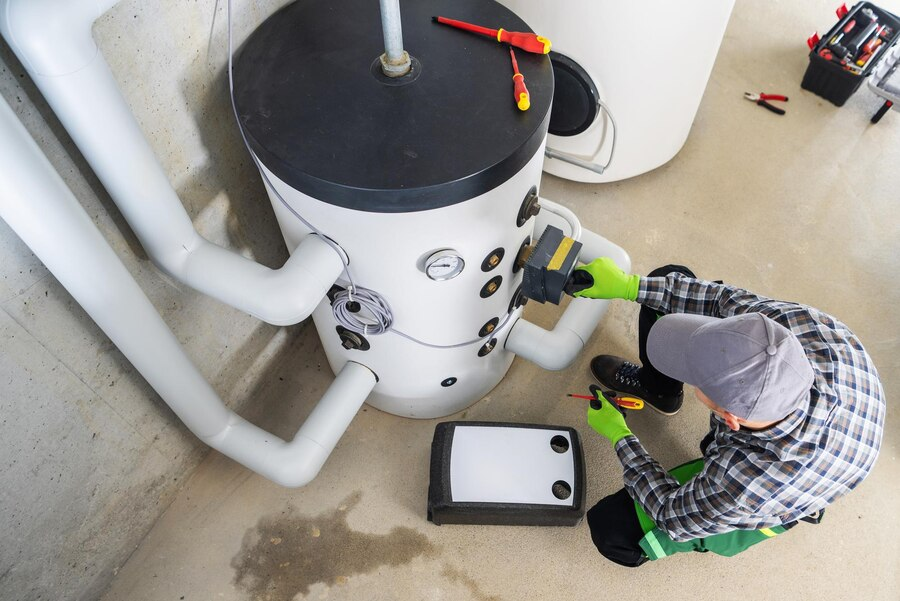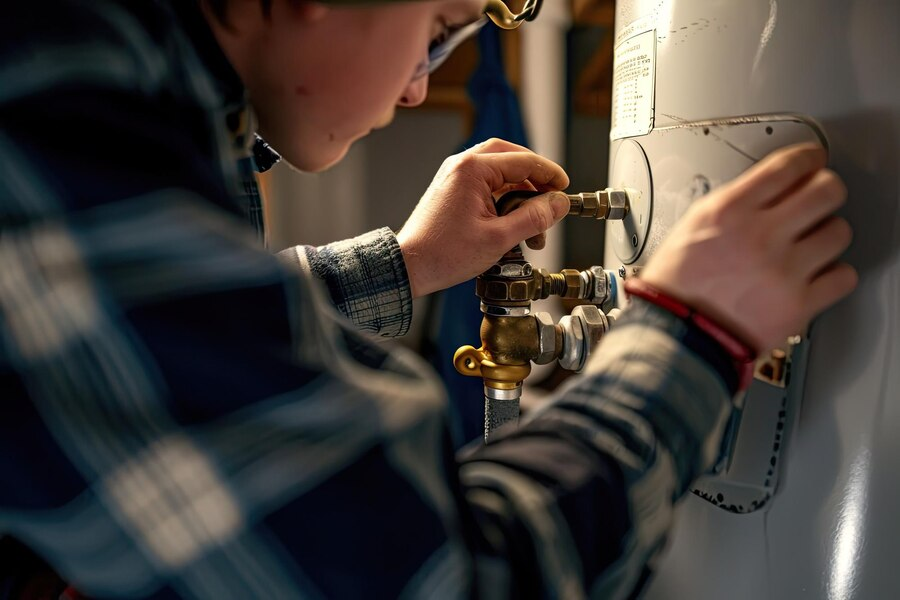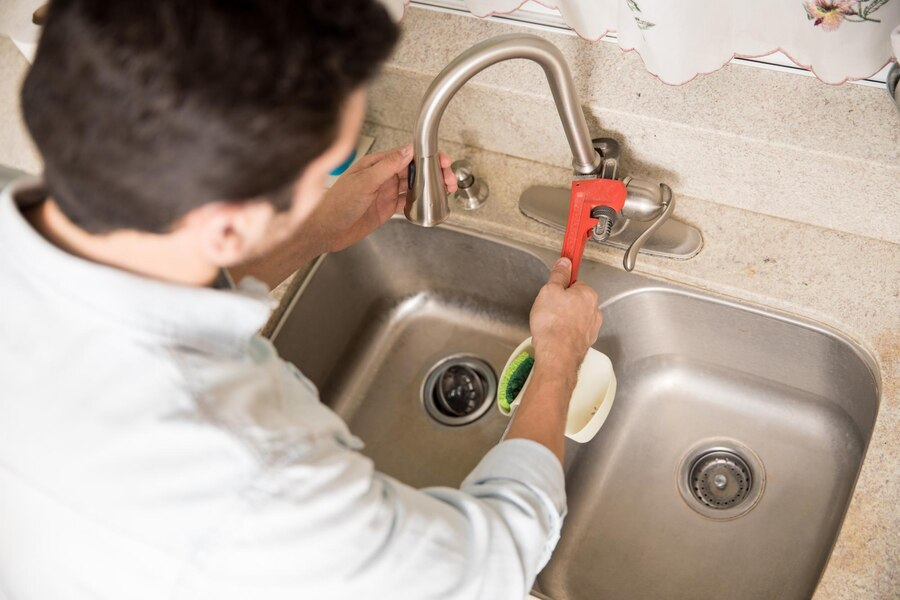Understanding Gas Cooker and Hob Installation Basics
Gas cookers and hobs are essential appliances in many kitchens, valued for their efficiency and precise control over cooking temperatures. Installing these appliances involves a combination of technical knowledge and adherence to safety protocols to ensure optimal performance and user safety. This guide explores the fundamental aspects of gas cooker and hob installation, providing insights into the process, safety considerations, and practical tips for a successful installation.
Understanding Gas Cooker and Hob Installation Basics
Installing a gas cooker or hob involves several critical steps to guarantee safe and efficient operation. Whether you're upgrading an existing appliance or setting up a new one, thorough planning is essential. Start by choosing a suitable location that allows easy access to a gas supply line while ensuring proper ventilation to expel combustion gasses. Verify that your gas supply meets the appliance specifications, and consider consulting a professional if upgrades are needed.
Prioritize safety by turning off the gas supply before installation and meticulously checking for leaks afterward. Following manufacturer guidelines and local regulations ensures correct installation, reducing risks associated with gas appliances. By understanding these fundamentals and taking necessary precautions, you can confidently install a
gas cooker or hob for years of reliable kitchen use.
Planning the Installation
Before embarking on the installation of a gas cooker or hob, thorough planning is crucial to ensure optimal functionality and safety. Begin by carefully choosing the installation location. This decision should account for proximity to existing gas supply lines to minimize installation complexity and cost. Additionally, consider ventilation requirements to safely expel combustion by-products and maintain indoor air quality. Adequate clearance from combustible materials like cabinets and curtains is essential to prevent potential fire hazards.
Proper planning not only facilitates a smooth installation process but also enhances the long-term performance of your appliance. It minimizes the risk of gas leaks and ensures compliance with safety regulations. Taking these factors into account from the outset helps you create a safe and efficient cooking environment in your kitchen. Whether you're replacing an old appliance or installing a new one, careful planning sets the foundation for successful gas cooker and hob installation.
Gas Supply Requirements
Ensuring a stable and adequate gas supply is essential for the proper functioning of gas cookers and hobs. Before installation, verify that your gas supply line meets the specific requirements outlined by the appliance manufacturer. This ensures that the appliance operates efficiently and safely without compromising performance.
To guarantee compliance with safety standards, consider consulting a qualified gas engineer. They can assess your existing gas supply system and recommend any necessary upgrades or adjustments. This proactive approach not only enhances safety but also mitigates potential issues such as insufficient gas flow or pressure fluctuations, which can affect the appliance's performance. By addressing gas supply requirements early in the installation process, you can avoid complications and ensure a seamless transition to using your gas cooker or hob. Prioritizing these considerations contributes to a safer kitchen environment and reliable operation of your cooking appliance for years to come.

Safety Precautions
When it comes to installing gas appliances like cookers and hobs, prioritizing safety is paramount. Begin by turning off the gas supply to the installation area to prevent any potential leaks or accidents. Before proceeding, thoroughly inspect the gas lines for leaks using a gas leak detector solution or soapy water. This simple step helps identify any issues that could compromise safety.
Ensure that all connections, fittings, and seals are secure and meet both local safety regulations and the manufacturer's guidelines. This includes verifying proper ventilation to prevent the buildup of hazardous gases. If you encounter any uncertainties during the installation process, seek guidance from a professional gas engineer. Their expertise ensures that the installation is conducted correctly and safely. By adhering to these safety precautions and guidelines, you not only protect yourself and your household from potential hazards but also promote the efficient and reliable operation of your gas cooker or hob. Taking these proactive measures contributes to a safer kitchen environment for years to come.
Ventilation Requirements
Proper ventilation is crucial to ensure the safe and efficient operation of gas cookers and hobs in your kitchen. These appliances produce combustion gases, such as carbon monoxide, which need to be safely vented outside. Failure to adequately ventilate can lead to the accumulation of these harmful by-products in your home, posing serious health risks.
To maintain safe ventilation, follow the guidelines provided by both the appliance manufacturer and local building codes. These guidelines typically include recommendations on the minimum clearance space around the appliance to allow for proper airflow. Installing a range hood or ensuring there are vents nearby can help expel gases effectively. Regularly inspect and clean ventilation systems to ensure they remain unobstructed and functional. This proactive maintenance not only enhances safety but also improves the overall efficiency and longevity of your gas cooker or hob. By prioritizing proper ventilation, you create a healthier and safer environment for cooking in your kitchen.
Installation Process
The installation process for gas cookers and hobs typically involves several steps:
Preparing the Space
Before installation, clear the designated area for your gas cooker or hob. Ensure ample room for ventilation and easy access during maintenance. This step minimizes potential hazards and maximizes efficiency by optimizing airflow around the appliance.
Connecting the Gas Supply
Safely connect your appliance to the gas supply line using approved fittings and valves. Carefully follow the manufacturer's guidelines to avoid damaging fittings through over-tightening, which can lead to leaks and safety risks.
Securing the Appliance
Once connected, securely fasten the appliance to prevent movement. Adhere to the manufacturer's instructions for securing it to either the floor or countertop. This step ensures stability during use, reducing the risk of accidental dislodging or damage.
Testing for Leaks
After installation, rigorously test all gas connections for leaks using a gas leak detector solution or soapy water. If bubbles appear around connections, promptly address any leaks to prevent potential gas hazards and ensure safe operation.
Checking Ignition and Functionality
Finally, verify the ignition and functionality of the appliance. Follow the manufacturer's instructions for initial setup and operation to confirm that the appliance operates correctly and safely before regular use begins.
Maintenance and Troubleshooting
Regular maintenance plays a crucial role in maintaining the safe and efficient performance of your gas cooker or hob over time. It's important to establish a routine cleaning schedule to prevent the accumulation of grease, food residues, and debris. These buildups not only affect the appliance's aesthetic appeal but can also hinder its functionality and lead to potential safety hazards. Regular cleaning of burners, grates, and other components not only enhances the appliance's efficiency but also extends its lifespan.
In addition to cleaning, proactive troubleshooting is essential when encountering issues such as uneven heating or ignition problems. Refer to the troubleshooting guide provided by the manufacturer for specific instructions on identifying and resolving common issues. If troubleshooting steps do not resolve the problem or if you are unsure about performing repairs, it's advisable to seek assistance from a qualified technician. They can diagnose the issue accurately, recommend necessary repairs or adjustments, and ensure that your gas cooker or hob continues to operate safely and effectively for years to come. By prioritizing regular maintenance and addressing issues promptly, you contribute to a safer cooking environment and prolong the durability of your appliance.
Conclusion
Understanding the basics of gas cooker and hob installation ensures safety and efficiency in your Northampton home. Proper installation by a certified gas engineer is crucial for compliance with regulations and peace of mind. Whether replacing an old unit or setting up a new one, ensuring professional handling minimizes risks and optimizes performance. For reliable service in Northampton, trust Plumbing & Heating, dedicated to quality gas installations. Contact us at plumbingservicesnorthampton@gmail.com for expert advice and assistance tailored to your needs.



